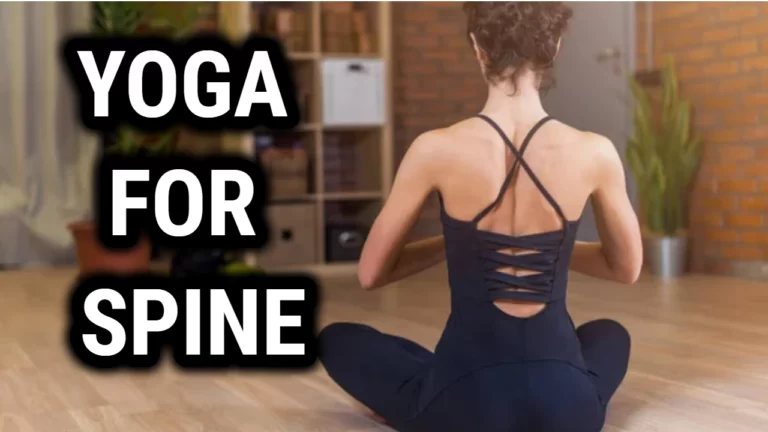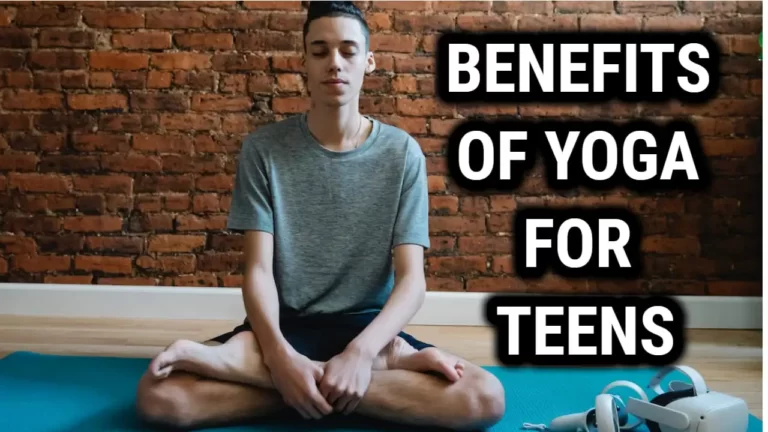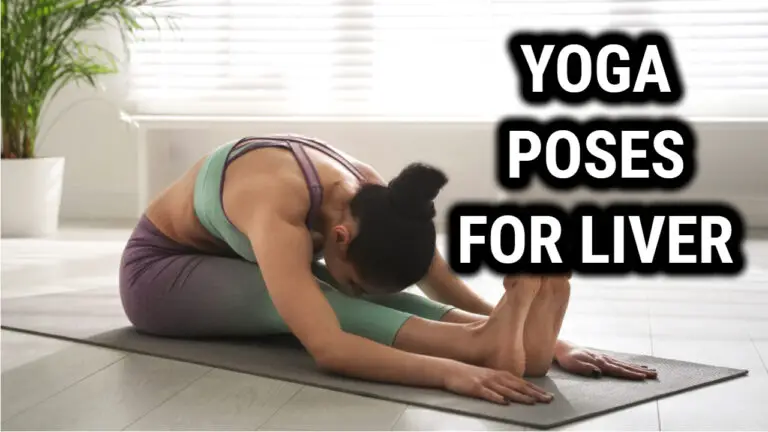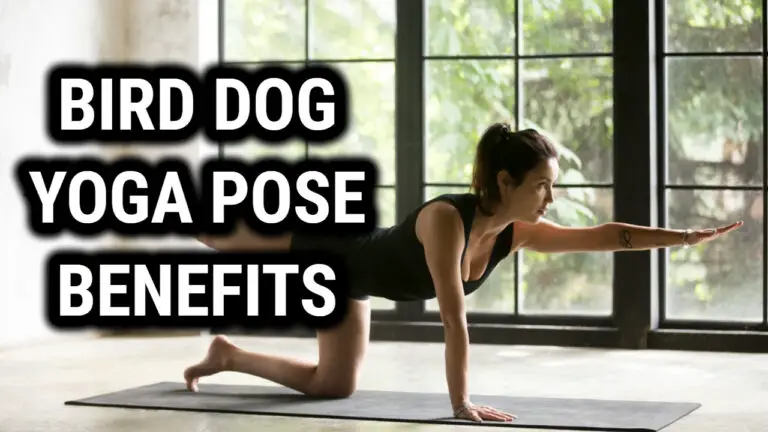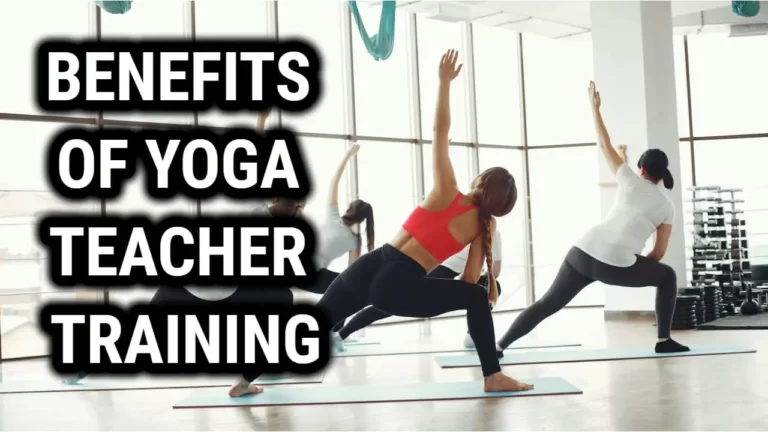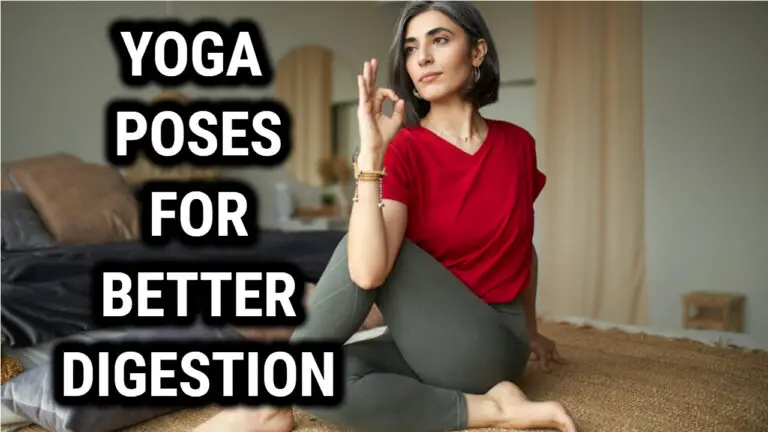Power Yoga for Flexibility and Mobility for Athletes

Athletes looking to improve their athletic performance and reduce the risk of injury are increasingly turning to yoga to provide an alternative form of exercise that can help them achieve their goals.
Yoga has a range of benefits that can help improve mobility, range of motion, body awareness, and flexibility, while also helping to prevent injuries. In this article, we will explore the benefits of yoga for athletes and look at some of the top yoga poses and routines that can help improve flexibility and mobility and prevent injuries.
The Benefits of Yoga for Athletes
How can yoga improve athletic performance?
Yoga practice is known to help athletes improve their overall athletic performance through a combination of strength and flexibility training. Yoga poses strengthen muscles all over the body, helping to establish a natural balance in body strength and increase core strength, which, in turn, enhances athletic performance. Additionally, the practice of yoga helps athletes improve their flexibility, which allows them to move more freely and perform better.
What are the benefits of full-body yoga practice for sportspersons?
Full-body yoga practice offers many benefits for sportspersons, including increased flexibility, strength, balance, and coordination. The practice helps to improve range of motion, particularly in the hips, inner thighs, and hamstrings, which are key areas of the body for athletes. Through the practice of specific yoga poses, athletes can help improve their body awareness and improve their alignment and balance.
What is body by yoga and how does it help?
Body by Yoga is a type of yoga specifically designed to help athletes and individuals looking to improve their athletic performance. This practice focuses on building strength and flexibility by combining traditional yoga poses with dynamic movements such as vinyasa flows. Body by Yoga helps to create a balanced approach to fitness while minimizing the risk of injury and improving overall health and wellness.
Top Yoga Poses for Flexibility
Which yoga poses are best for increasing flexibility in athletes?
There are many yoga poses that are specifically designed to help athletes improve their flexibility. For example, standing poses such as the triangle pose and wide-legged forward fold can help stretch the inner thighs and hamstrings. Other poses such as the seated forward bend, calf stretch, and low lunge stretch can improve hip mobility and overall flexibility.
How can the triangle pose benefit athletes?
The triangle pose is an excellent yoga pose for athletes looking to improve their flexibility and mobility. This pose helps to stretch the hamstrings, inner thighs, and hips, while also strengthening the glutes and thighs. Regular practice of the triangle pose can help improve overall range of motion and prevent injuries.
What are some yoga poses specifically designed for athletes?
There are many yoga poses that are specifically designed for athletes, including poses such as the runner’s lunge, pigeon pose, and the half-pigeon pose. These poses work to improve flexibility, balance, and coordination while also targeting areas of the body that athletes use frequently in their sport. Additionally, these poses can help to restore balance and reduce the risk of injury.
The Role of Yoga in Preventing Injury
How can yoga help prevent injury in athletes?
Yoga practice can help prevent injury in athletes by improving mobility, range of motion, and balance. Through the practice of specific yoga poses, athletes can target areas of the body that are prone to injury and improve their strength and flexibility, which can help prevent injury. Additionally, yoga helps to improve body awareness, which can help athletes avoid imbalance and overuse injuries.
What role does breath play in yoga and injury prevention?
Breath is an essential component of yoga and plays a key role in injury prevention. By focusing on the breath, athletes can tune into their body and better identify areas of stress or tension. Additionally, deep breathing can help release tension and prevent injury by increasing oxygen flow to the muscles and reducing the risk of muscle strain or injury.
Why are hamstring and inner thigh stretches important for athletic performance?
Hamstring and inner thigh stretches are important for athletic performance because these areas of the body are key to many athletic movements. A lack of flexibility in the hamstrings or inner thighs can lead to reduced range of motion and a greater risk of injury. Regular practice of yoga poses that stretch these areas of the body can help improve flexibility and prevent injuries.
Incorporating Power Yoga into Your Workout
What are the benefits of power yoga for athletes?
Power yoga is a type of yoga that has gained popularity among athletes in recent years due to its focus on strength and flexibility. This type of yoga involves dynamic movements, such as vinyasa flows, that help to build strength and flexibility while also improving cardiovascular health. By incorporating power yoga into their workout routine, athletes can improve their athletic performance and reduce the risk of injury.
What are some power yoga exercises that can help increase mobility?
There are many power yoga exercises that can help athletes improve their mobility, including the squat, the warrior III pose, and the tree pose. These poses help to improve balance and coordination while also building strength and flexibility. Additionally, performing these poses regularly can help athletes develop a greater range of motion, which can improve athletic performance.
Why is the squat a crucial component of an athletic yoga routine?
The squat is a crucial component of an athletic yoga routine because it helps to build lower body strength while also improving mobility. Squats are a functional movement that are essential for athletic performance. Through the practice of yoga, athletes can improve their squat form and build strength and flexibility in the lower body, which can lead to improved athletic performance and a reduced risk of injury.
The Importance of Using a Yoga Mat
What is the significance of using a yoga mat for athletes practicing yoga?
Using a yoga mat is significant for athletes practicing yoga because it provides a stable surface for the practice and helps to prevent slips and falls. The mat also provides cushioning and support, which can help athletes perform deep stretches and poses that require balance and coordination. Additionally, using a mat can help athletes maintain proper alignment and form during their yoga practice.
How can the use of a yoga mat help in deep stretching for athletes?
The use of a yoga mat can help in deep stretching for athletes because it provides cushioning and support that allows for a deeper stretch. Deep stretching is important for athletes because it helps improve flexibility, range of motion, and helps prevent injuries. By using a yoga mat, athletes can perform deep stretches safely and effectively.
What other benefits come with the use of a yoga mat when practicing yoga?
In addition to providing stability and support, using a yoga mat when practicing yoga has several other benefits for athletes. For example, using a mat can help athletes maintain body awareness and proper form during their practice. The mat also provides a designated space for the practice, which can help athletes focus their attention on the practice and achieve a greater sense of calm and relaxation.
FAQ’s
Q: What is power yoga?
A: Power yoga is a type of yoga that involves dynamic, flowing movements that are designed to increase strength, flexibility, and endurance.
Q: How does power yoga help athletes?
A: Power yoga can help athletes in many ways, including improving flexibility, mobility, and range of motion, reducing the risk of injury, and enhancing athletic performance.
Q: What are some of the best yoga poses for athletes?
A: Some of the best yoga poses for athletes include triangle pose, squat, and deep stretches that target tight muscles and improve flexibility and mobility in key areas like the hips, hamstrings, and shoulders.
Q: Can yoga really help athletes improve their performance?
A: Yes, regular yoga practice can help athletes improve their performance in many ways, including increasing overall strength, improving flexibility and mobility, and enhancing mental focus and clarity.
Q: What are some restorative yoga poses that can be helpful for athletes?
A: Restorative yoga poses like child’s pose, pigeon pose, and savasana can be incredibly helpful for athletes looking to improve their overall flexibility, mobility, and recovery time.
Q: Is power yoga for sports different from regular power yoga?
A: Yes, power yoga for sports is specifically designed to meet the unique needs of athletes, incorporating poses and routines that focus on improving strength, flexibility, and mobility in key areas like the hips, hamstrings, and shoulders.
Q: What should I expect from a power yoga class?
A: In a power yoga class, you can expect a dynamic, full-body workout that emphasizes strength, flexibility, and endurance, along with a focus on deep breathing and mental clarity.
Q: How do I find a qualified yoga instructor who specializes in athletic yoga?
A: Look for a yoga studio or instructor who has experience working with athletes and has a strong understanding of both yoga and athletic training principles.
Q: How important is correct posture in yoga for athletes?
A: Correct posture is incredibly important in yoga for athletes, as it helps to maximize the benefits of each pose and reduce the risk of injury. It’s important to pay close attention to the alignment of your body during each pose, focusing on keeping your shoulders back and down, your hips back and level, and your breath fluid and steady.
Q: Can yoga help with back pain and other common athletic injuries?
A: Yes, yoga can be extremely helpful for athletes dealing with back pain and other common injuries, as it helps to increase flexibility and mobility in key areas while also promoting overall muscle recovery and relaxation. Holding poses for longer periods of time can be particularly helpful for athletes dealing with tight muscles and pain in specific areas.
